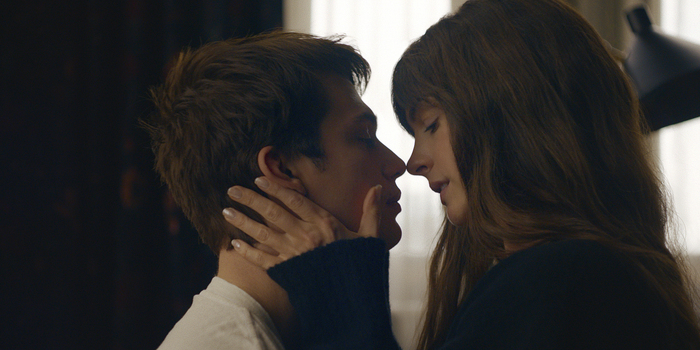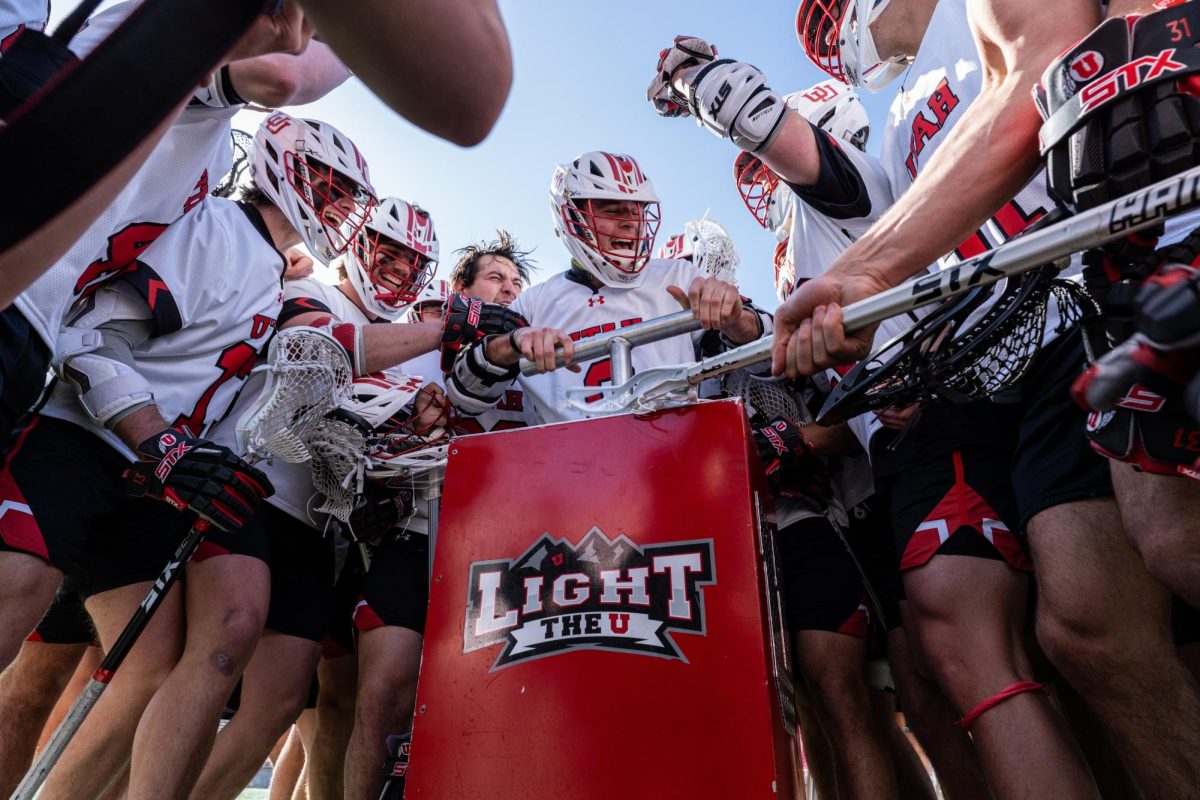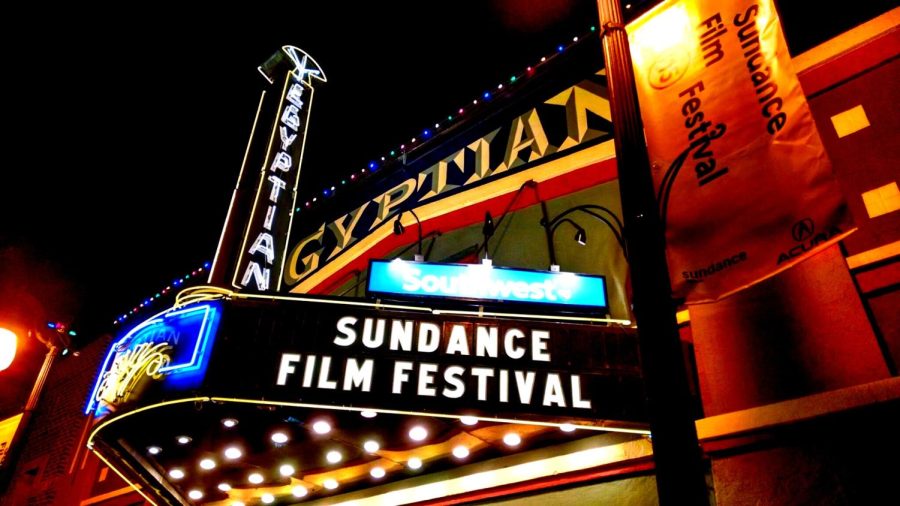Leaders of The Church of Jesus Christ of Latter-day Saints and developers can work together to construct a religiously and environmentally sound city space. But it hasn’t been that way lately, said Tom Carter, a professor of architecture at the U.
Carter, along with several faculty members from universities around the state, discussed religion and the effect it has on development in the environment.
The discussion, which took place Monday in the Union Theatre, also focused on the idea of why Mormonism and environmentalism are normally not associated together.
U graduate student Bryan Wallis and George Handley, a humanities professor at Brigham Young University, presented research they have written on the subject. The panel, sponsored by the American West Center, focused on how early leaders of the LDS Church such as Brigham Young and Joseph Smith advocated for preserving the environment through proper city development and land management.
“As one watches the older grids of the plat of Zion give way to the curving streets, cul-de-sacs and gridlock of California-style urbanism, one does have to ask ‘What happened?'” said Lawrence Culver, an assistant history professor at Utah State University who was part of the discussion.
Carter showed that one possible cause for the environmental disconnection in the LDS Church is the transformation of “sacred space.” Carter explained that in early church history, there was an idea that a city of God, known as Zion, encompassed all the land in the earth.
However, beginning after 1870, the LDS church began to create separate areas for “sacred spaces,” such as temples outside the city.
Beginning with the temple in St. George, the only truly sacred places were located upon hills and away from the cities, leaving the public to question the spiritual status of the city.
“These new temples and the way they were placed outside of the towns worked symbolically to separate the sacred temple from the now increasingly de-sacrilized city,” Carter said. “While the larger environment was rendered secular and subject to normative laws of capitalism.”
This separation worked against LDS environmental efforts and “sacrificed” the rest of the city for development needs.
Tom Alexander, an environmental history professor at BYU, said in order to preserve the environment, the scientific and religious communities must agree with each other and use their resources to help recognize impending environmental problems. He said together, the secular and religious communities have and will be able to help in solving environmental problems such as global warming and finite resource management by making well-researched administrative decisions.











